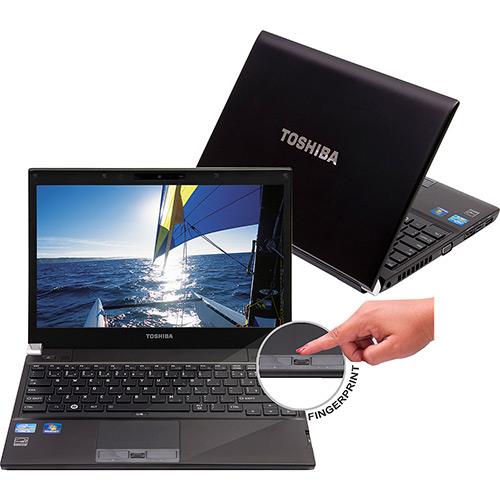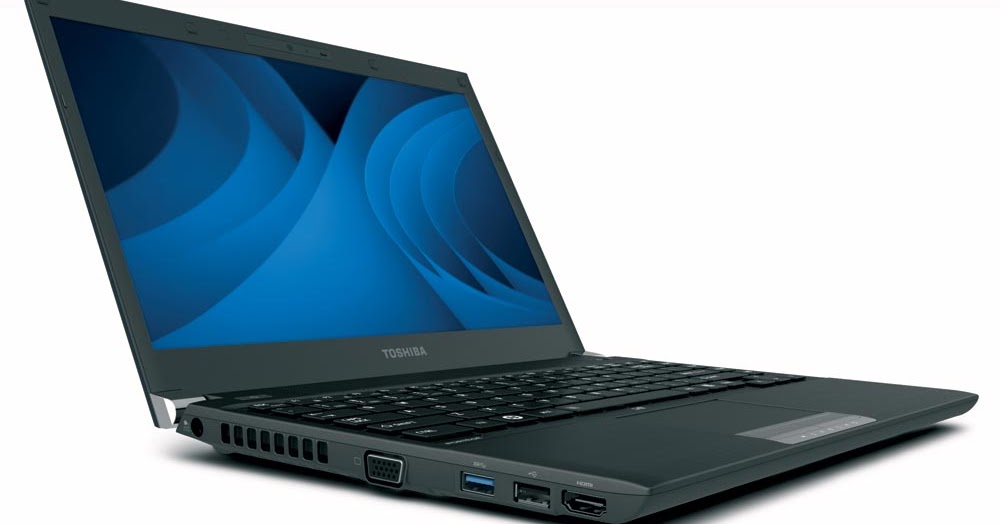
It used a slower Intel Core i3 processor to hit a very attractive $799 price. The previous model we reviewed, the Z835-P330, was a retail model sold at Best Buy. This more-expensive version adds Bluetooth, which we'd expect in a $1,000 laptop. The Toshiba Portege Z835 has a decent selection of ports and connections, including USB 3.0 and an Ethernet jack, the latter of which is missing from some of the other ultrabooks. Stereo speakers, headphone/microphone jacksĮthernet, 802.11n Wi-Fi, Bluetooth, optional mobile broadband

The speakers, which fire from the front edge, got loud without distorting, but like nearly all speakers in laptops of this size, they lacked bottom end. Horizontal off-axis viewing was good, but the screen surface had a subtle uneven, rippled quality to it in the light again, that's something more easily forgiven at $799 than at $1,049. That's fine for a sub-$1,000 laptop, but some of the other thin 13-inch models offer more the Asus Zenbook, for example, has a 1,600x900-pixel screen (and the MacBook Air is 1,440x900 pixels). The display on the Z835 has the same 1,366x768-pixel native resolution as the vast majority of 11- to 15-inch laptops. I did appreciate, however, that the touch pad has a handy on-off button right above it, in case you have a mouse plugged in and don't want to accidentally hit the touch pad's surface. The smaller pad on this system was pleasingly responsive, and the biggest problem was that the mouse buttons were made of cheap, shiny plastic. It's largely a matter of taste, as the bigger clickpads on the Acer, Asus, and Lenovo ultrabooks have been average at best (especially compared with Apple's industry-leading trackpad). Taking a different approach than the other ultrabooks, which all mimic Apple's buttonless clickpad design, the Portege Z835 has a more traditional touch pad with a smaller surface area and separate left and right mouse buttons. On the positive side, the keyboard is backlit, so it's not all bad news. All of the keys are also especially shallow, which adds to the awkward feel. The space bar is tiny, and frequently failed to register, although that may be a function of my particular typing style you may have better luck. The letter keys are squeezed down a bit on the top and bottom, ending up more rectangular than square, and with a smaller surface area.

The keyboard remains the laptop's single most frustrating feature. That gives the entire package a budget feel, which is fine when for something that's positioned as the least-expensive ultrabook, but a different story when it's more expensive than some very good ones. The Z835 has a brushed-metal lid and slight taper toward the front, but the shiny silver plastic hinges look cheap, as do the similar plastic touch-pad buttons the lid has a tremendous amount of flex when pressed. My general thoughts on the design and keyboard/touch-pad input remain the same, and some of the analysis below is taken from that earlier review. Like other ultrabooks, it's very thin, and it's even a few tenths of an ounce lighter than some, owing to its magnesium alloy casing. This version of the Portege Z835 is, on the outside, identical to the version we tested and reviewed in late 2011. The less expensive configurations of this laptop are still highly recommended for those who want a slim 13-inch laptop with a 128GB SSD for a very low price, but if you have more to spend, look at some of the other options instead. This is still a very nice example of a slim laptop, but since the fall of 2011, we've seen the HP Folio 13 for $899 and the Dell XPS 13 for $999, both of which have designs, keyboards, and touch pads that beat the Z835's, hands down. This specific configuration is called the Portege Z835-P370, and it costs $1,149 from Toshiba, although other retailers offer it for as little as $949.
Toshiba portege drivers Bluetooth#
The 128GB SSD is the same, but Bluetooth is a welcome addition. In this case, it's an Intel Core i5-2467M processor and 6GB of RAM (over 4GB in the original). The same body can also house higher-end components.

The trade-off was a slower Intel Core i3 CPU, as well as a flimsy-feeling chassis with a tricky keyboard and touch pad. For only $799 (marked down by retailers from $899), you could get a 128GB SSD, which in other ultrabooks or other slim laptops could cost hundreds. The Toshiba Portege Z835-P330 was an early favorite, because it cost so much less than other early models from Lenovo and Asus.

In fact, we're already seeing revisions and updates to the very first ultrabooks.


 0 kommentar(er)
0 kommentar(er)
